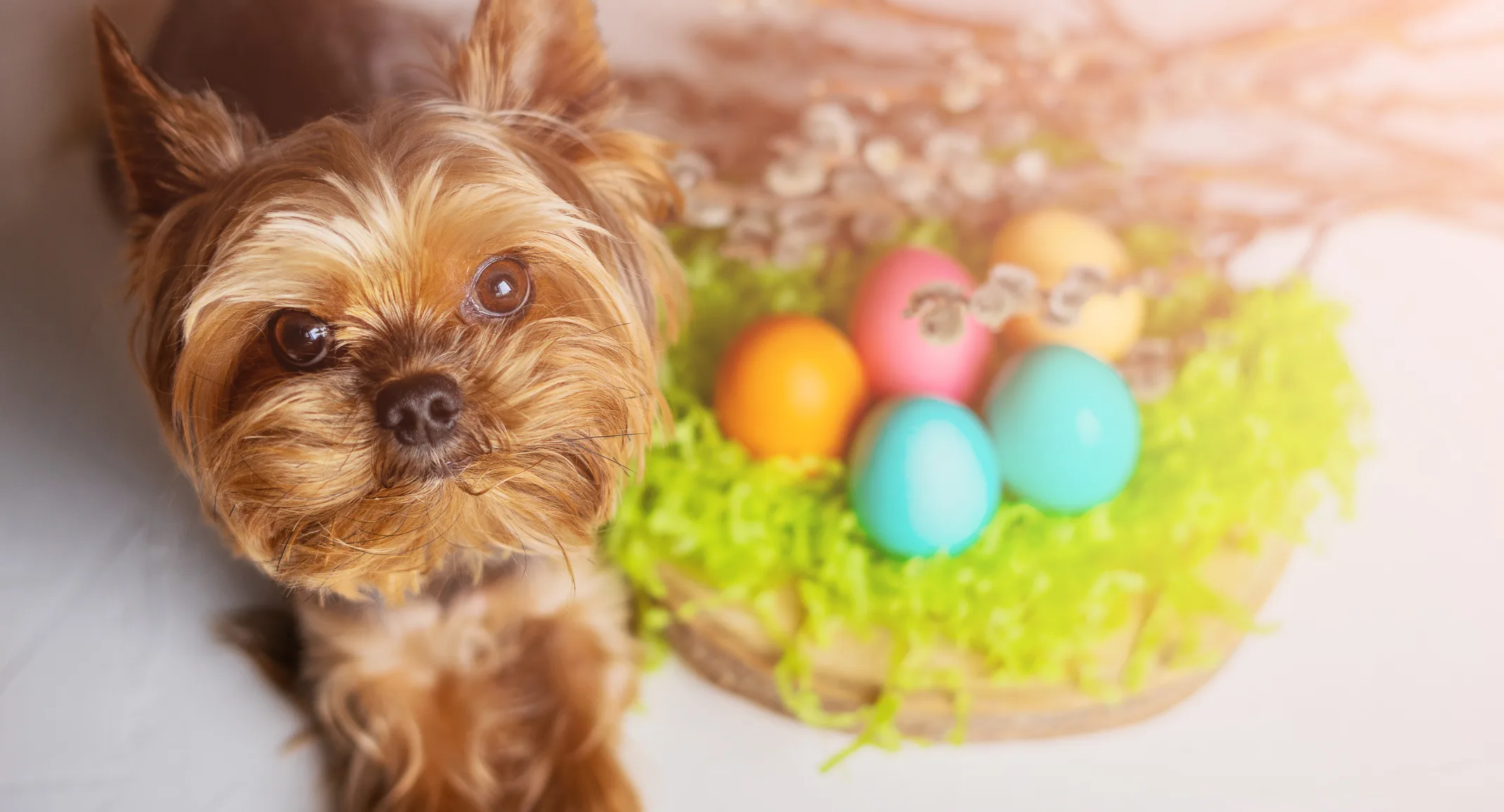Easter Hazards: Keeping Your Pets Safe from Seasonal Toxicities
Pet Safety

As spring brings blooming flowers, festive decorations, and family gatherings, Easter can be a joyful time for many households. But for our furry companions, this holiday also comes with a hidden basket of dangers. At CVRC, we want to ensure your pets stay safe and healthy during the celebrations. Here are the most common Easter toxicities to watch out for, and how to avoid them.
1. Chocolate: A Sweet but Serious Threat
Chocolate is perhaps the most well-known toxin for pets, especially dogs. It contains theobromine and caffeine, both of which are toxic to pets. The darker the chocolate, the more dangerous it is. Even small amounts can cause vomiting, diarrhea, rapid heart rate, tremors, or seizures.
Tip: Always keep chocolate eggs, bunnies, and candy out of reach. Remind children to keep their Easter treats off the floor and away from curious noses.
2. Xylitol: The Hidden Danger in Sugar-Free Treats
Many sugar-free gums, candies, and baked goods contain xylitol, a sugar substitute that is extremely toxic to dogs. It can cause a rapid drop in blood sugar, leading to weakness, seizures, or liver failure.
Tip: Double-check ingredient labels and keep all sugar-free products securely stored.
3. Easter Lilies: Beautiful but Deadly to Cats
Lilies are a popular spring flower, but certain varieties, especially true lilies like Easter lilies, Tiger lilies, and Daylilies, are extremely toxic to cats. Ingesting even a small amount (such as pollen or a leaf) can cause fatal kidney failure.
Tip: Opt for pet-safe floral arrangements, or consider artificial alternatives if you have cats at home.
4. Plastic Grass: A Playful but Perilous Decoration
The colorful plastic grass that lines Easter baskets may look like a toy to your pet, but if ingested, it can lead to dangerous intestinal blockages, especially in cats and puppies.
Tip: Avoid using plastic grass altogether, or choose paper or fabric alternatives that are safer and easier to clean up.
5. Table Scraps and Rich Foods
Easter meals often include ham, roasts, rich gravies, and desserts, none of which are pet-friendly. Fatty foods can cause pancreatitis, a painful and potentially serious condition, while bones can splinter and cause choking or digestive injuries.
Tip: Resist the urge to share your plate. Instead, treat your pet to a safe, vet-approved snack or toy while you enjoy your holiday feast.
6. Small Toys and Candy Wrappers
Plastic eggs, small toys, and foil candy wrappers are all choking hazards and can cause gastrointestinal obstructions if swallowed.
Tip: After an egg hunt, do a quick sweep of your yard or home to make sure all treats and toys have been accounted for.
What to Do if Your Pet Is Exposed
If you suspect your pet has eaten something toxic, act quickly. Contact our hospital immediately at (843) 614-8387, or reach out to the Pet Poison Helpline at 855-764-7661.
A Safe and Happy Easter for All
With a little preparation and awareness, you can enjoy a fun, festive, and safe Easter with your entire family, pets included. From all of us at CVRC, we wish you and your furry companions a joyful spring season!
